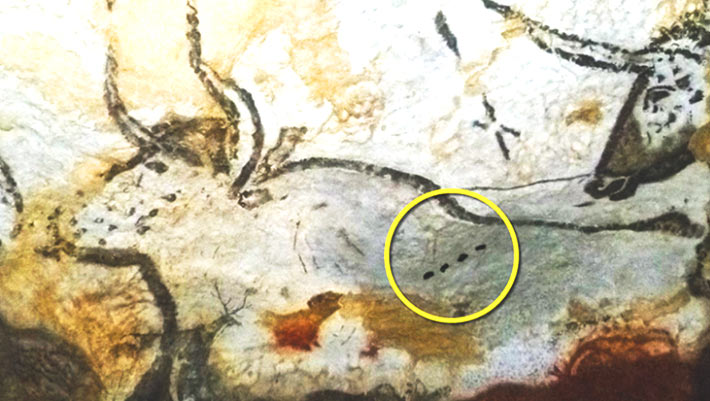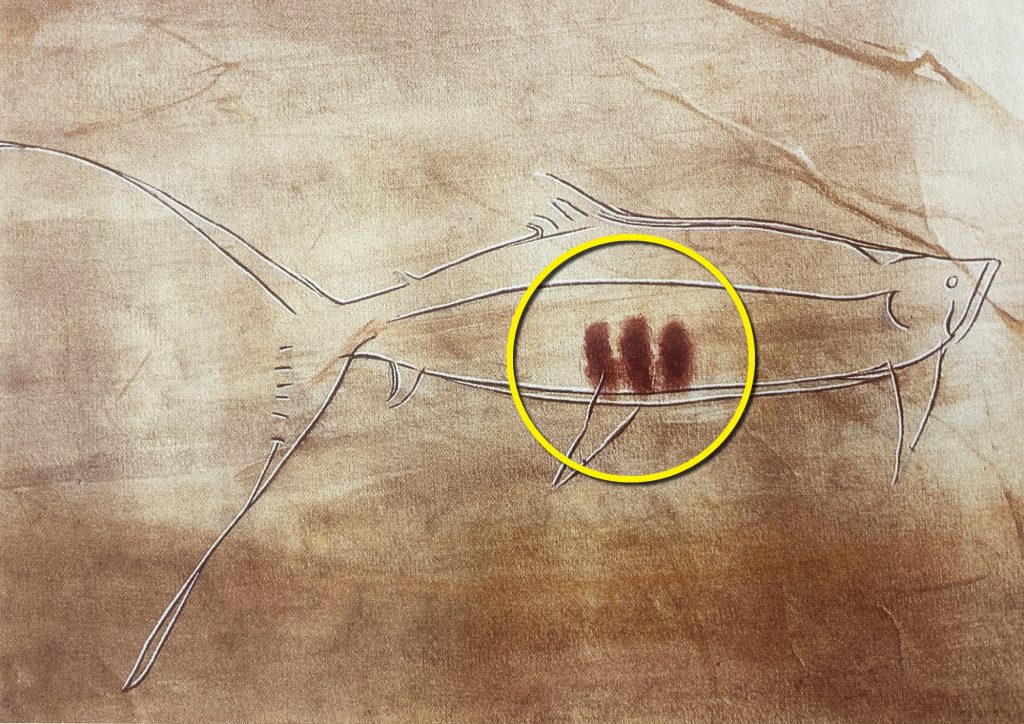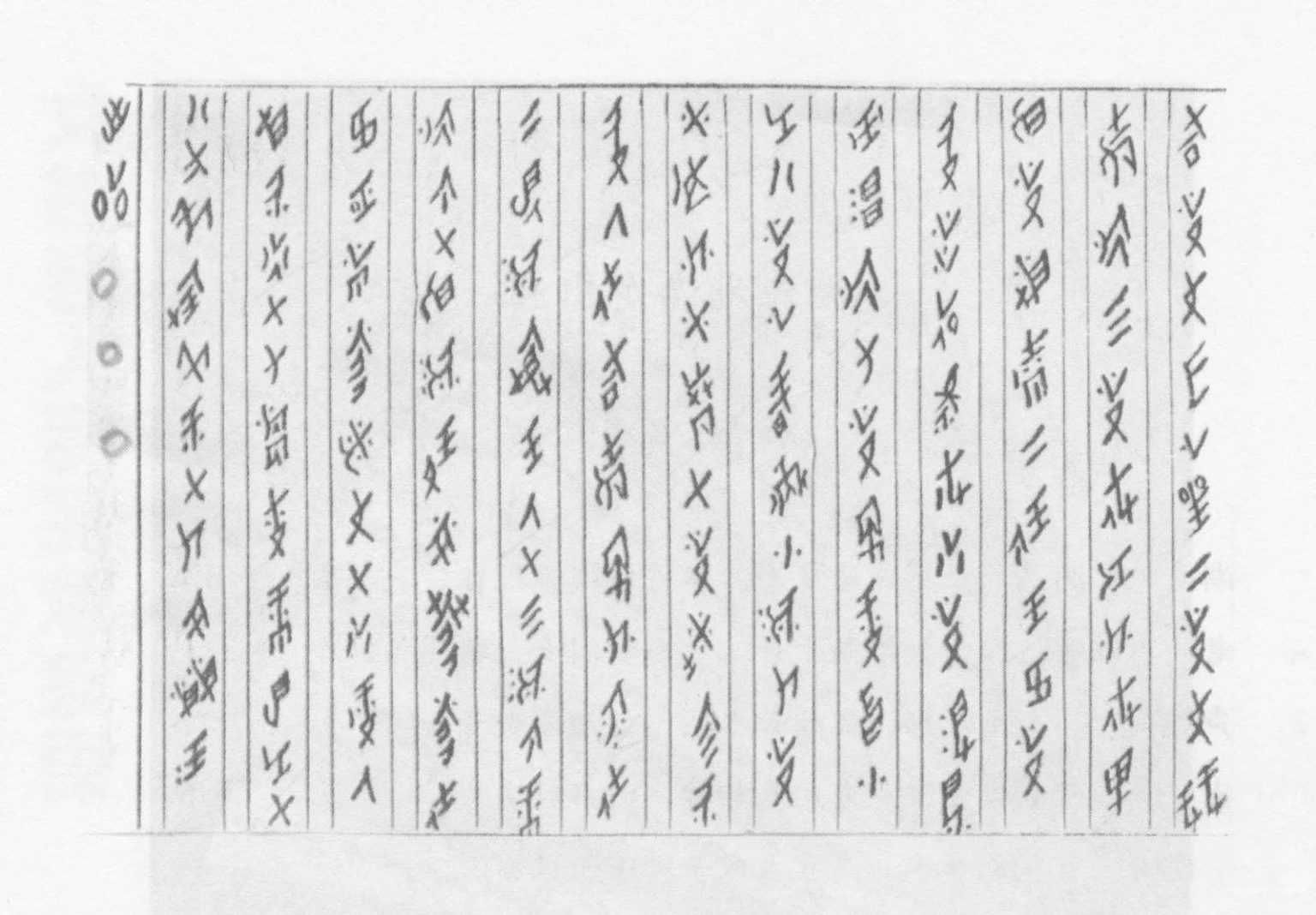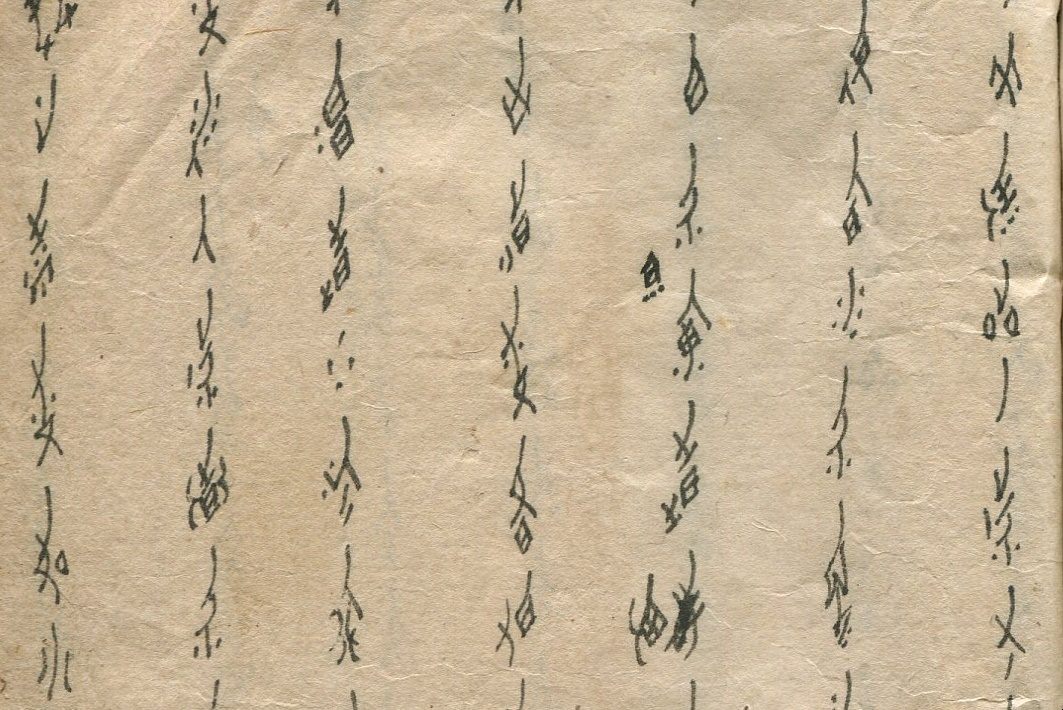When first we start learning a new foreign language, any number of its elements rise up to frustrate us, even to dissuade us from going any further: the mountain of vocabulary to be acquired, the grammar in which to orient ourselves, the details of pronunciation to get our mouths around. In these and all other respects, some languages seem easy, some hard, and others seemingly impossible — those last outer reaches being a specialty of Youtuber Joshua Rudder, creator of the channel NativLang. In the video above, he not only presents us with a few of the rarest sounds — or phonemes, to use the linguistic term — in any language, he also shows us how to make them ourselves.
Several African languages use the phoneme gb, as seen twice in the name of the Ivorian dance Gbégbé. “You might be tempted to go all French on it,” Rudder says, but in fact, you should “bring your tongue up to the soft palate” to make the g sound, and at the same time “close and release your lips” to add the b sound.
Evidently, Rudder pulls it off: “Haven’t heard a foreigner say the gb sound right!” says a presumably African commenter below. From there, the phonemic world tour continues to the bilabial trilled africate and pharyngeals used by the Pirahã people of the Amazon and the whistles used on one particular Canary Island — something like the whistled language of Oaxaca, Mexico previously featured here on Open Culture.
Rudder also includes Oaxaca in his survey, but he finds an entirely different set of rare sounds used in a river town whose residents speak the Mazatec language. “For every one normal vowel you give ’em,” he explains, “they have three for you”: one “modal” variety, one “breathy,” and one “creaky.” He ends the video where he began, in Africa, albeit in a different region of Africa, where he finds some of the rarest phonemes, albeit ones we also might have expected: bilabial clicks, whose speakers “close their tongue against the back of their mouth and also close both lips, but don’t purse them.” Then, “using the tongue, they suck a pocket of air into that enclosed area. Finally, they let go of the lips and out pops a” — well, better to hear Rudder pronounce it. If you can do the same, consider yourself one step closer to readiness for a Khoekhoe immersion course.
Related content:
Speaking in Whistles: The Whistled Language of Oaxaca, Mexico
What English Would Sound Like If It Was Pronounced Phonetically
Why Do People Talk Funny in Old Movies?, or The Origin of the Mid-Atlantic Accent
Was There a First Human Language?: Theories from the Enlightenment Through Noam Chomsky
Based in Seoul, Colin Marshall writes and broadcasts on cities, language, and culture. His projects include the Substack newsletter Books on Cities, the book The Stateless City: a Walk through 21st-Century Los Angeles and the video series The City in Cinema. Follow him on Twitter at @colinmarshall or on Facebook.







